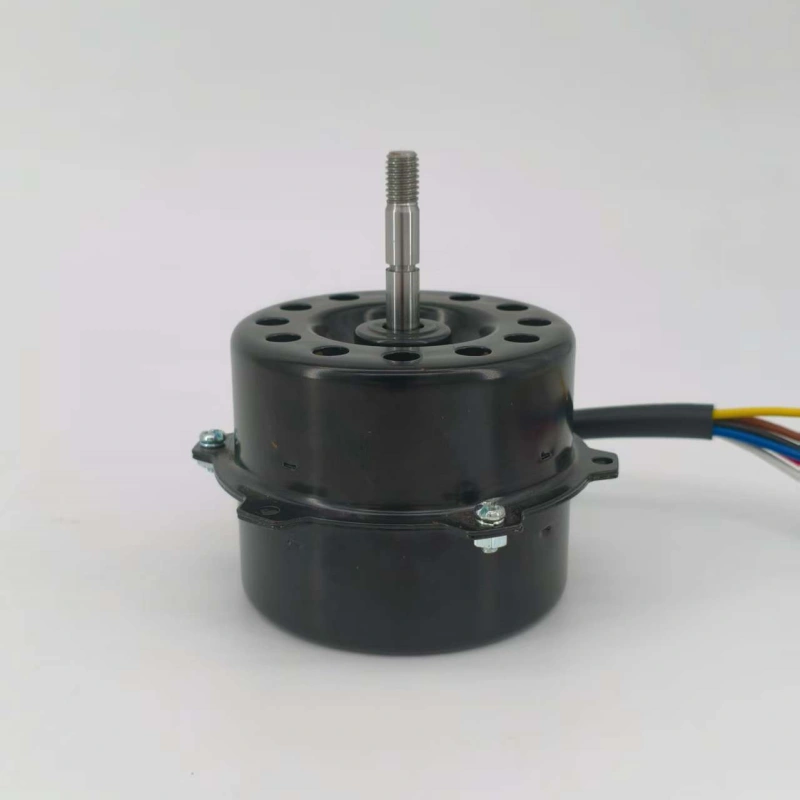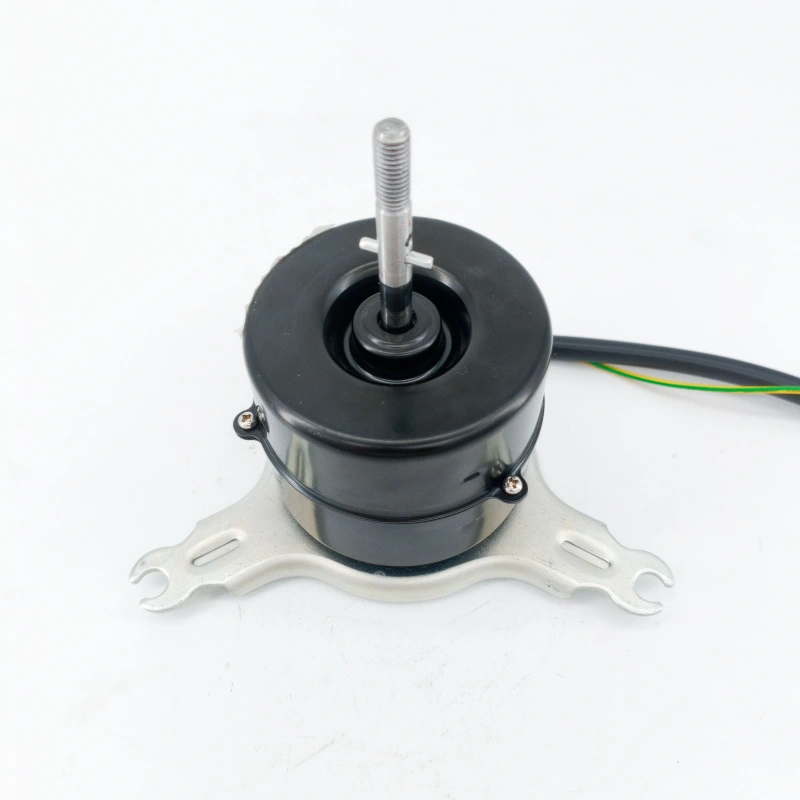The dehumidification effect and energy consumption of a dehumidifier during the plum rain season mainly depend on “matching the usage scenario, optimizing operation details, and ensuring proper daily maintenance”. Mastering the following methods can help balance high efficiency and energy saving.
Firstly, accurately select the usage scenario and placement position to “reduce the burden” on the dehumidifier. The working efficiency of a dehumidifier is directly related to the airtightness of the space and its placement. When in use, close doors and windows to prevent continuous inflow of humid outdoor air, which would cause the dehumidifier to repeatedly process new humid air and increase energy consumption. If ventilation is needed, it is recommended to choose the noon period when the humidity is relatively low, open the windows for a short period of time for ventilation, and then close them immediately. When placing the dehumidifier, avoid corners and areas blocked by furniture. Keep a distance of at least 10-15 centimeters from walls and furniture to ensure unobstructed air intake and outlet. At the same time, keep it away from water sources to prevent the body from being damaged by moisture. For different areas, the “priority to key areas” strategy can be adopted: first dehumidify core areas such as bedrooms and beside wardrobes. After the humidity drops to 50%-60%, move the dehumidifier to spaces such as the living room and balcony. This avoids a single machine dealing with an overly large space at the same time, which would cause energy inefficiency.
Secondly, set parameters scientifically to avoid “ineffective operation”. Many people are used to setting the dehumidifier to “auto mode” and then ignoring it, but in fact, flexible adjustments are needed for different scenarios. In the early stage of the plum rain season when air humidity is extremely high, you can briefly turn on the “high-power dehumidification” mode to quickly reduce the humidity to about 60%, and then switch to “standard mode” to maintain stability, avoiding excessive electricity bills caused by long-term high-power operation. Temperature also affects dehumidification efficiency. When the temperature is below 15℃, the evaporator of the dehumidifier is prone to frosting. You need to turn on the “defrost mode” and wait for the frost layer to melt before normal operation. Forced dehumidification will not only have poor effects but also increase energy consumption. In addition, some dehumidifiers have a “humidity setting” function. It is recommended to set the humidity to 50%-55% for bedrooms and 55%-60% for living rooms. There is no need to pursue excessively low humidity, which can not only meet the comfort needs but also reduce the start-stop frequency of the machine.
Thirdly, make good use of auxiliary techniques to improve dehumidification efficiency. Difficult-to-dry clothes are a common problem during the plum rain season. You can place the dehumidifier close to the clothes drying rack and close the balcony door to form a closed space. The dehumidifier can absorb the moisture evaporated from the clothes, which is 3-5 times faster than natural drying. At the same time, it prevents the moisture from the clothes from spreading to other indoor areas. For rooms with “sweating” walls, you can first wipe the moisture off the walls with a dry cloth, then turn on the dehumidifier to reduce the initial dehumidification load of the machine. When using it at night, if the noise of the dehumidifier affects sleep, you can choose the “quiet mode”. Although the dehumidification speed is slightly slower, it can ensure basic dehumidification effects while reducing energy consumption, achieving two goals at once.
Finally, do a good job in daily maintenance to keep the machine in optimal condition. The filter screen is the “first line of defense” of the dehumidifier. During the plum rain season, dust and hair are easy to block the filter screen, leading to poor air intake and a dehumidification efficiency reduction of more than 30%. The filter screen needs to be cleaned once a week, and then installed after drying. The water tank should be emptied in a timely manner to avoid triggering the shutdown protection due to excessive water level, and at the same time prevent bacteria from breeding in the water tank, which affects air quality. When not in use for a long time, place the dehumidifier in a dry and ventilated place, pour out the remaining water, and clean the machine body to prevent internal parts from rusting due to moisture, which affects the energy efficiency of the next use.
In short, there is no need to blindly rely on “all-day high-power operation” when using a dehumidifier during the plum rain season. By sealing the space, adjusting parameters accurately, using auxiliary dehumidification methods, and performing regular maintenance, you can not only quickly reduce indoor humidity and solve the mold problem but also effectively control electricity expenses, achieving the dual goals of “efficient dehumidification + energy saving”.




